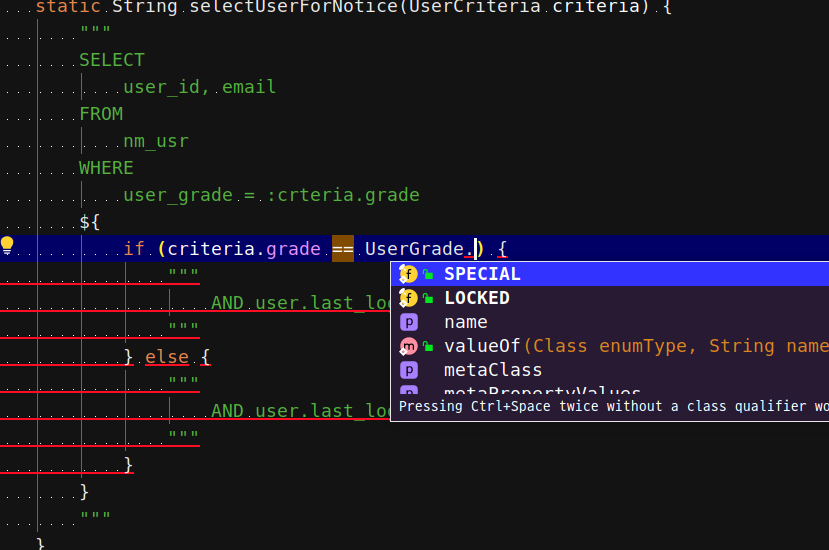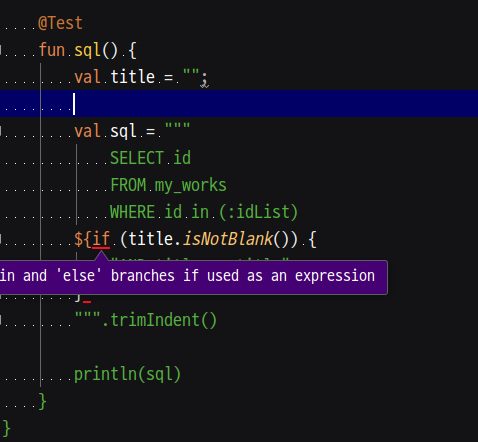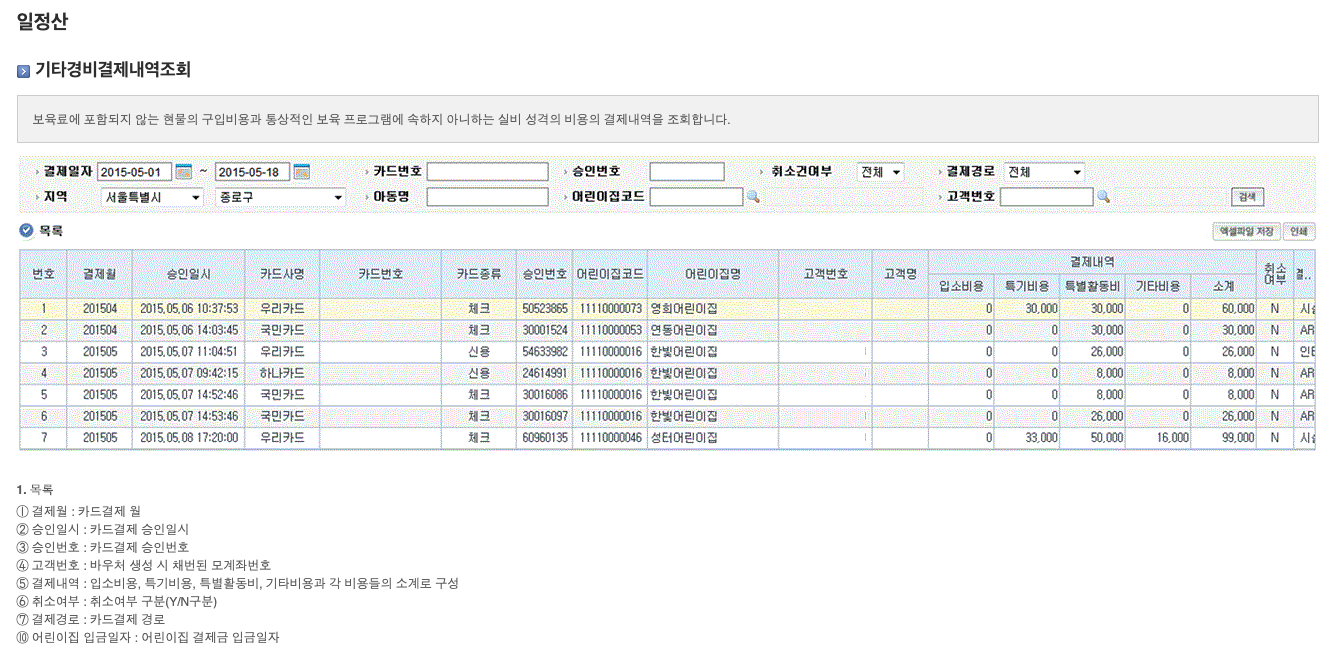<%@ page language="java" contentType="text/html; charset=UTF-8" pageEncoding="UTF-8"%>
<%@ taglib prefix="c" uri="http://java.sun.com/jsp/jstl/core" %>
<%@ page import="org.springframework.web.context.support.WebApplicationContextUtils"%>
<%@ page import="org.springframework.jdbc.core.ColumnMapRowMapper"%>
<%@ page import="org.springframework.web.context.WebApplicationContext"%>
<%@ page import="javax.sql.DataSource"%>
<%@ page import="java.util.List"%>
<%@ page import="java.util.ArrayList"%>
<%@ page import="java.util.Map"%>
<%@ page import="java.util.HashMap"%>
<%@ page import="org.springframework.jdbc.core.namedparam.NamedParameterJdbcTemplate"%>
<c:set var="sql">
SELECT r.name, r.description, a.name AS creator_name , a.email
FROM repo r
INNER JOIN account a ON a.id = r.created_by
WHERE a.email = :email
</c:set>
<%
String email = request.getParameter("email");
String sql = (String) pageContext.getAttribute("sql");
WebApplicationContext ctx = WebApplicationContextUtils.getWebApplicationContext(getServletContext());
DataSource ds = (DataSource) ctx.getBean("dataSource");
NamedParameterJdbcTemplate db = new NamedParameterJdbcTemplate(ds);
Map<String, Object> params = Map.of("email", email)
List<Map<String,Object>> repos = db.<Map<String,Object>>query(sql, params, new ColumnMapRowMapper());
request.setAttribute("repos", repos);
%>
<!DOCTYPE html>
<html>
<head>
<meta http-equiv="Content-Type" content="text/html; charset=UTF-8">
<title>저장소 조회</title>
</head>
<body>
<h1>저장소를 만든 사람의 이메일로 검색하기</h1>
<form action="/files" method="GET">
<h2>이메일 입력</h2>
<p>
<input type="text" name="email" size="40" value="${email}"> <input type="submit" value="조회">
</p>
</form>
<h2>조회 결과</h2>
<table border="1">
<tr>
<th>저장소 이름</th>
<th>저장소 설명</th>
<th>생성자</th>
<th>이메일</th>
</tr>
<c:forEach var="item" items="${repos}">
<tr>
<td>${item.name}</td>
<td>${item.description}</td>
<td>${item.creator_name}</td>
<td>${item.email}</td>
</tr>
</c:forEach>
</table>
</body>
</html> 


